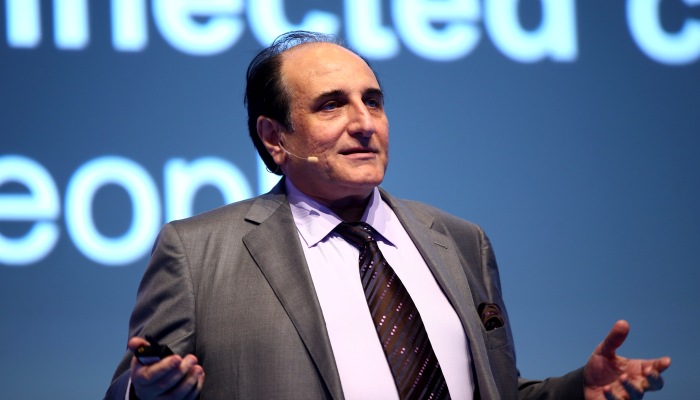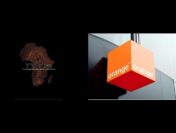Change is no stranger to us; we look at things and see changes every day, and we are not afraid of it. But when the pace of change picks up, comfort zones are challenged. This is the change in evolution that Osman Sultan, CEO, du refers to as he points out the disruption around, which leads to a general sentiment of underlying crisis.
“For example, every crisis we hear about in the world is because there is disruption in the flow. When you have tsunami or earthquakes is because the electronic plates of the earth move in a different way. The global crisis happened because financial flows were disrupted much faster. If you try and collect the many companies that come to our mind now, names like Facebook, Instagram, Twitter surface which are all a decade old or less. You can see the change in pace and in the standards of industrial models,” Mr Sultan elaborated.
This change is not about new civilization models but about the way the civilization models are build around different components. At the end, it is all an equation. “The story that we are in is about means of communication, content that flows and lifestyle and user experiences. It leads us to look for innovations to address the changes around us,” he said.
Necessity, Exploration, Serendipity
For Mr Sultan, essentially there are three catalysts that call for innovation – necessity, that creates the pressure to change; exploration, that refers to an environment of focused enquiry and serendipity which is getting game changing outcomes from accidental discovery.
This change can be seen in consumers lives, and smart cities like Dubai already. The link between the improved citizen lives is never been as clear in Dubai because the expression of the political willingness has been set clearly. “When political leadership articulated a target to make people happy, that in itself becomes part of emotion. It doesn’t start by saying that the city has to become more efficient or productive, but it is to make people’s lives more cost effective,” Mr Sultan observed.
From a city of smart applications on connectivity, infrastructure and many applications that people engage with, that make the interaction smarter but vertical, there also are applications for utility and government services. Mr Sultan advised that moving to the smart city will require moving from vertical silos to a layered structure.





